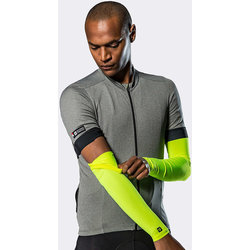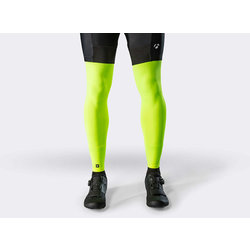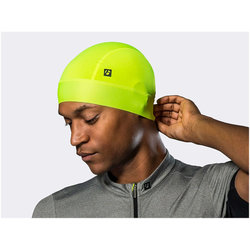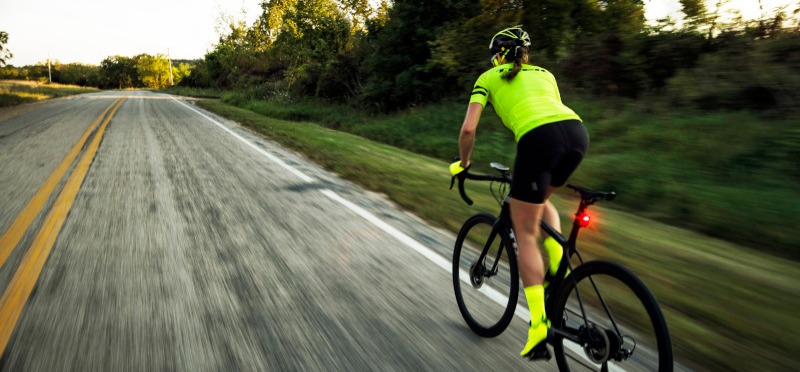
Ways to Protect Your Skin While Biking
You wear the safest helmet. You’ve decked out your bike with high powered lights to be seen by cars.
Equally important is protecting your skin
We asked Olushola Akinshemoyin Vaughn, MD, a dermatologist with the Froedtert & the Medical College of Wisconsin health network, to provide insights and advice on skin care while biking. This mother of two loves to ride with her family and has been especially excited about her mom’s new passion — riding an electric bike.
Sun Protection While Cycling
“Ultraviolet (UV) radiation increases the risk of certain skin cancers including melanoma, which can be especially aggressive and deadly,” says Dr. Akinshemoyin Vaughn. “The use of sun protection helps block UV rays from your skin.”
She adds that science can’t yet tell you how much protection any particular individual needs on their skin. Therefore, it’s vital to protect your skin at all times.
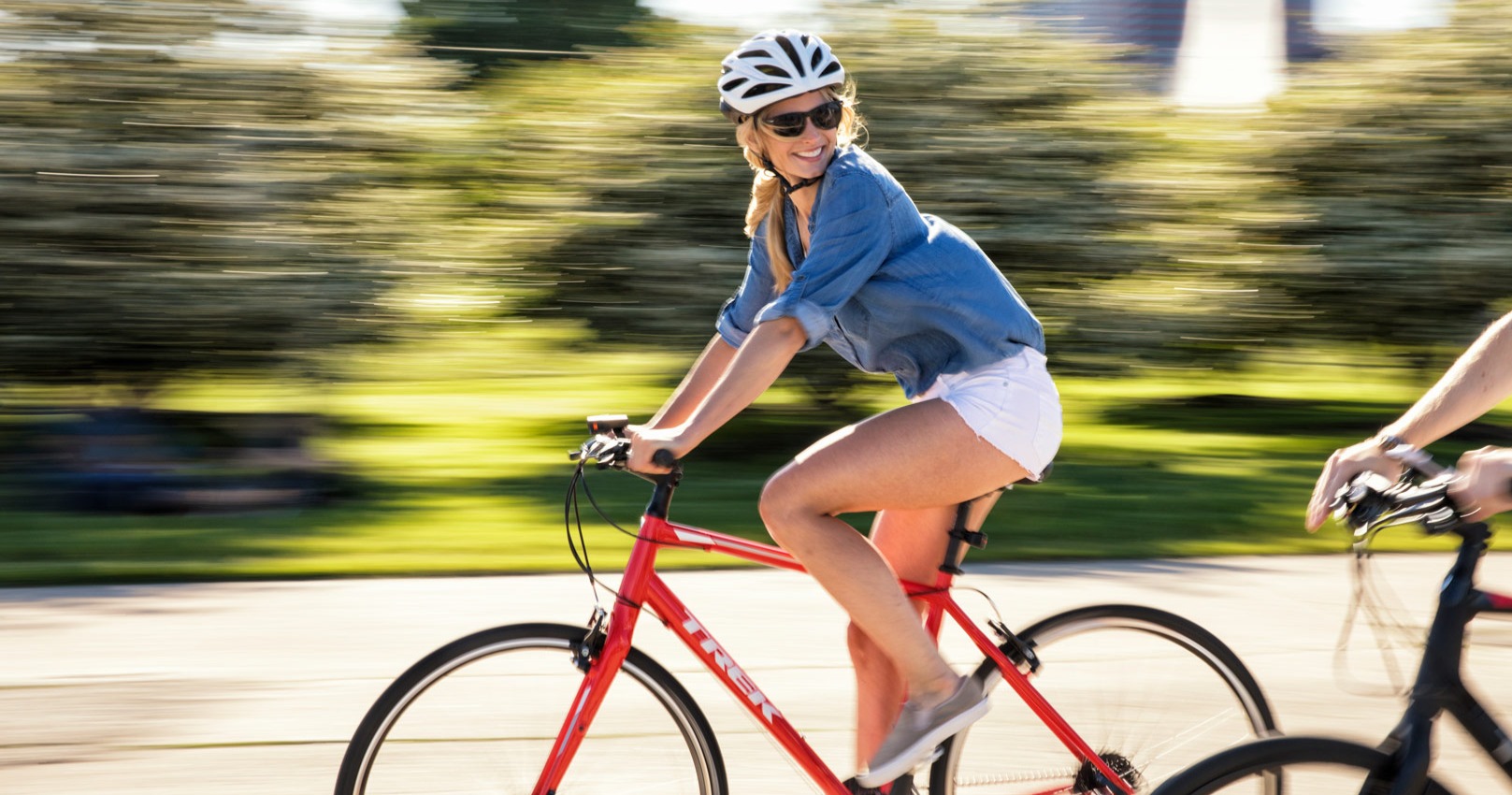
Cover the legs
We often think the face is the most exposed area, but legs are equally as vulnerable. “The most common place for women to get invasive melanoma is on the legs, possibly as a result of unprotected exposure while wearing skirts - even from childhood,” comments Dr. Vaughn. “We always remember the face and arms. Don’t forget the legs.”
Darker skin does burn and people of color can get skin cancer from the sun
Darker skin has natural melanin that provides some but not complete protection. In fact, having dark skin is only the equivalent of wearing SPF 10. Melanoma is much deadlier for people of color because it is often at a late stage when diagnosed. People of color should wear SPF of at least 30 when biking.
A child’s burn is far worse than for adults
Most Americans receive 50% of their lifetime UV radiation before the age of 21. Studies have proven that a child’s blistering sunburn increases the risk of developing skin cancer. “Tanning beds are the worst,” she warns. “They attract 16 to 18-year-olds, who are the most susceptible to long-term effects.”
Be careful with sprays
Many factors can affect how much sunscreen actually gets to your skin when spraying – wind, distance to your skin, and how long you spray. As much as half of the sunscreen sprayed is lost to the environment. “Make sure to spray an adequate amount and rub it in. Also, we still don’t know the effects of inhaling the aerosol,” comments Dr. Akinshemoyin Vaughn. “Never spray it around the face or mouth, and be careful spraying around children.”

Dr. Vaughn recommends the following for the best sun protection with riding:
1. Sun Protective Cycling Clothing
“Dermatologists love bike sleeves and other UV protective clothing,” she says. “They block out the sun, provide good ventilation and are easy to wear.”
Cover your arms, legs, and top of your head with specially designed 50+ UPF clothing that wicks away moisture from the skin.
2. Superior Sunscreen
Sun Protection Levels (SPF) Levels and Your Bike Ride
“SPF is a ratio of how long it takes your skin to turn red when protected versus unprotected,” explains Dr. Akinshemoyin Vaughn. “For instance, SPF 30 means it will take your skin 300 minutes to burn instead of 10. But this implies that you are applying the right concentration to your body.”
For cyclists that means the higher the SPF level, the more extended coverage you’ll have on your ride.
She warns that not all products deliver what they say on the packaging and recommends Consumer Reports as a good source of information.
The Best Sunscreens
Dr. Akinshemoyin Vaughn encourages you to find a sunscreen you like which will motivate you to use it all the time.
There are two types of sunscreen:
PREFERRED: Physical blockers, which include titanium dioxide or zinc oxide. These act like a shield on the skin, deflecting UV light.
California Kids #super sensitive Lotion SPF 30+ Sunscreen
Badger Active Natural Mineral Cream SPF 30 Unscented Sunscreen
ALTERNATIVE: Chemical sunscreens use ingredients like avobenzone or oxybenzone to absorb the sun’s rays. There is evidence that these chemicals can enter your bloodstream but no evidence that this is ultimately harmful. Oxybenzone is banned in some states/countries because of the environmental damage to corals and other marine life.
How and Where to Apply Sunscreen
Dr. Akinshemoyin Vaughn advises “Goop it on! Most people are applying half of what they need for coverage.”
Sunscreen should be applied at least 15 minutes before exposure. Most adults need one ounce to cover their exposed skin in a bathing suit – about enough to fill a shot glass, or 3 tablespoons. If you are biking, apply a teaspoon amount to your face and neck, 1 teaspoon to each uncovered arm, 2 teaspoons to each uncovered leg, 1 teaspoon to your uncovered chest and abdomen, and 1 teaspoon to your uncovered back.
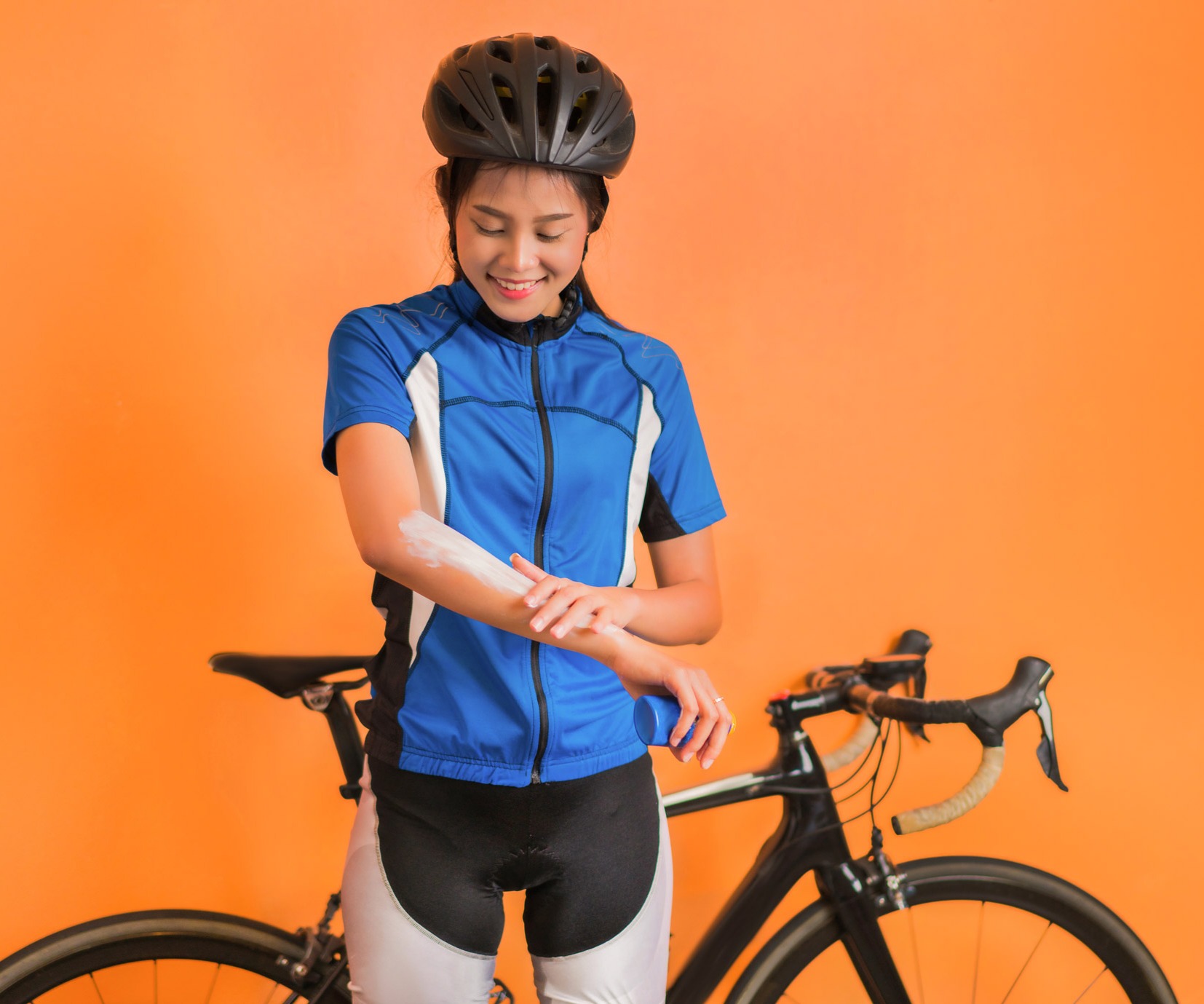
1. Arms and Legs
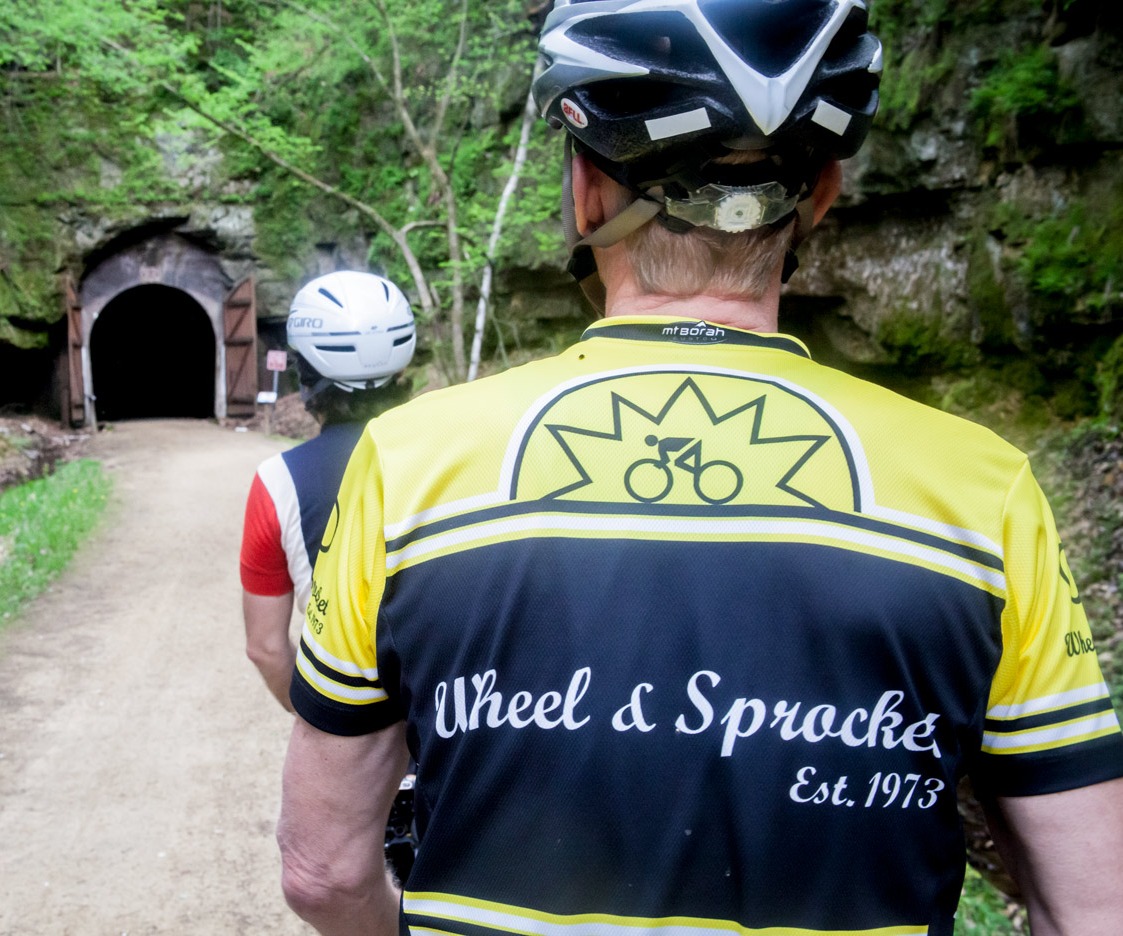
2. Back of the neck and ears
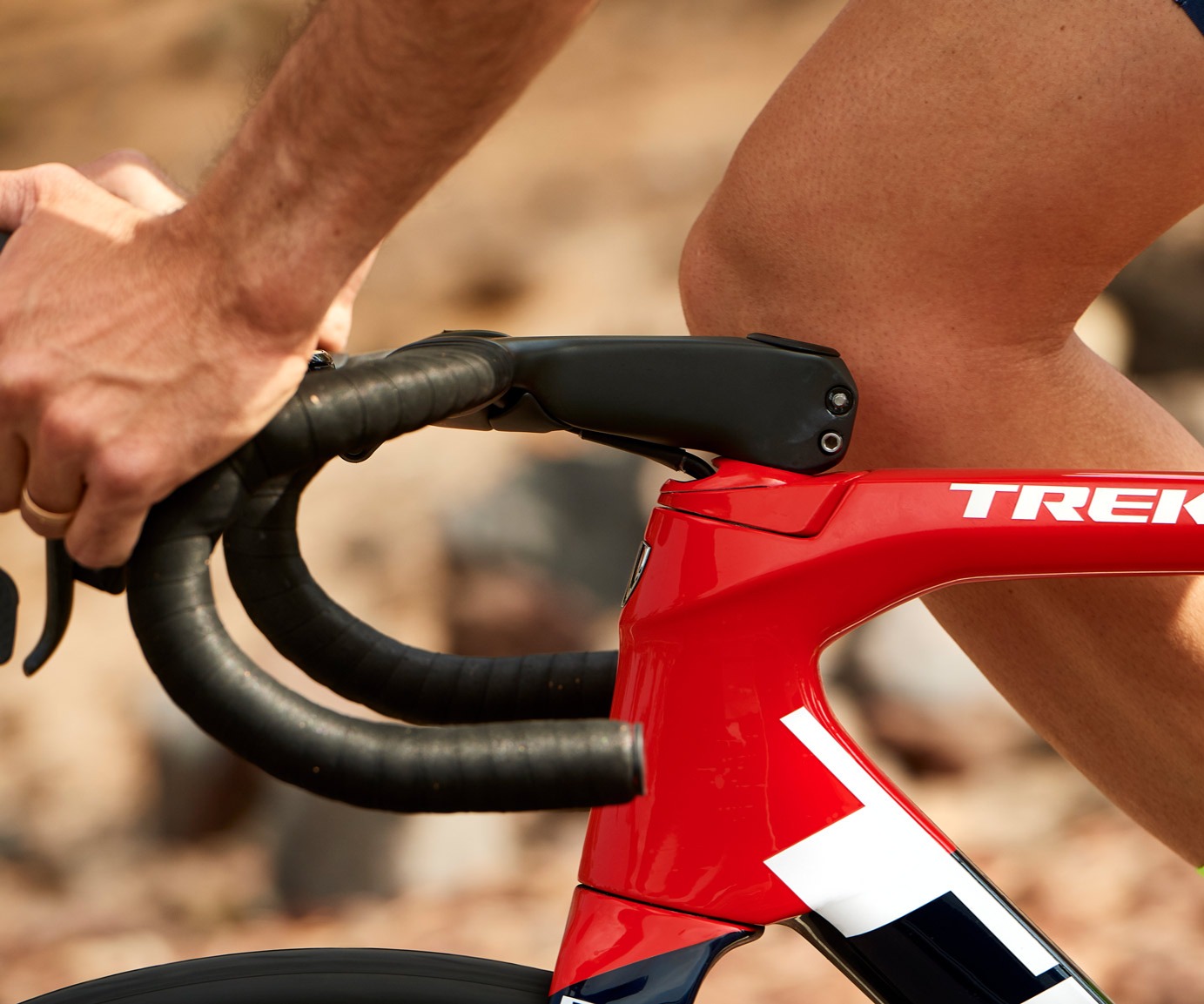
3. Cover the Hands
Cycling-Related Skin Disorders
“Contact dermatitis can be seen among cyclists as a result of clothing and saddles,” explains Dr. Akinshemoyin Vaughn. People can become allergic to rubber hand grips, or have an irritant reaction to components of a helmet. These usually start as red, itchy, sometimes painful rashes where the skin touches that material. Painful bumps or genital swelling have been reported from saddles, as well as acne from sweating under a helmet. If you have a skin problem that is worse when you cycle and improves when you take a break, you may need to discuss it with a dermatologist.
Wind Exposure
Wind resistance is part of riding a bike. But can that wind cause damage to the skin.
“Studies have shown there is little need for moisturizer if you have normal skin,” says Dr. Akinshemoyin Vaughn. “But if your skin is dry from cycling, you need to replenish that moisture. Some brands we recommend include Eucerin, Aveeno, Cetaphil, and Cerave. Creams are preferred to lotions”

